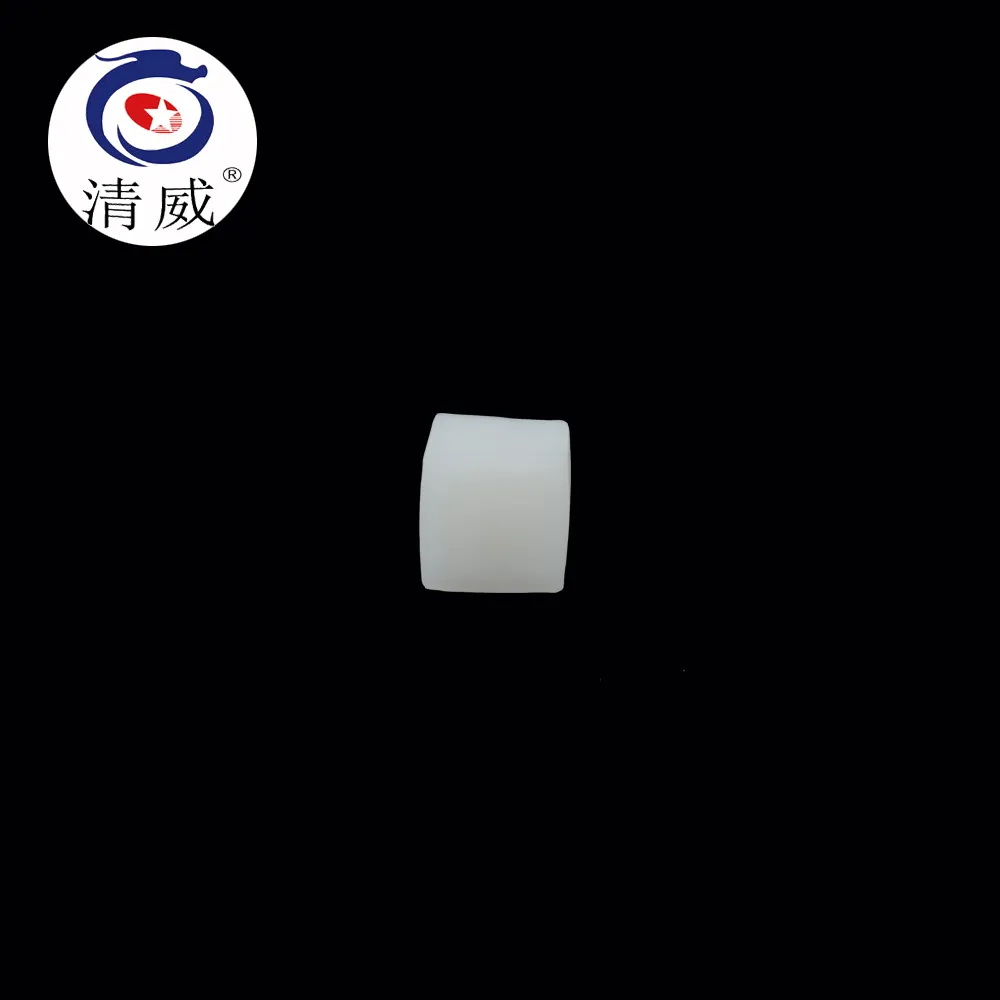gluing rubber car door seals
Gluing Rubber Car Door Seals A Comprehensive Guide
Car door seals are essential components that often go unnoticed until they begin to wear out. These seals play a vital role in ensuring that vehicles remain airtight and watertight, providing protection against the elements, reducing noise, and improving overall comfort. Over time, these seals may become loose or damaged, leading to issues such as water leaks, increased wind noise, and even compromised safety. When faced with such issues, one effective solution is to reattach or replace the rubber car door seals using a reliable adhesive. This article serves as a comprehensive guide on how to effectively glue rubber car door seals.
Understanding Rubber Car Door Seals
Rubber seals are typically made from materials designed to withstand various weather conditions, including UV radiation, moisture, and extreme temperatures. However, despite their durability, wear and tear can occur, especially at the edges or points of contact. The decision to glue or replace these seals depends on the extent of the damage. If the seal is still in good condition but simply detached, re-gluing can be a time-saving and cost-effective solution.
Materials Required
Before starting the gluing process, gather the following materials 1. Adhesive Specialized rubber adhesives or weatherstrip adhesives are ideal as they provide strong bonds while allowing flexibility. 2. Isopropyl alcohol This will be used for cleaning the surfaces. 3. Cloth or paper towels For cleaning and wiping excess adhesive. 4. Utility knife or scissors In case you need to trim the rubber seal for a better fit. 5. Masking tape To hold the seal in place while the adhesive sets. 6. Ruler or measuring tape For measuring and ensuring proper alignment.
Preparation Steps
1. Assess the Damage Inspect the rubber seal to identify the extent of the damage. If it’s cracked or extensively worn, replacement might be necessary.
2. Clean the Surfaces Use isopropyl alcohol and a cloth to thoroughly clean both the car door surface and the rubber seal. Remove any dirt, grease, or old adhesive residue to ensure a strong bond.
3. Drying Time Allow the cleaned surfaces to dry completely before proceeding to the next step. Moisture can compromise the adhesive’s effectiveness.
Application Process
gluing rubber car door seals

1. Cut to Fit If necessary, trim the rubber seal to ensure it fits perfectly along the edge of the car door. Make sure to maintain the seal's integrity as much as possible.
2. Apply Adhesive Apply a generous yet even layer of the adhesive to both the rubber seal and the car door edge. Be cautious not to use too much, as excess adhesive can squeeze out and create a mess.
3. Press and Align Carefully position the rubber seal onto the door, making sure it is properly aligned. Press it firmly into place.
4. Secure with Masking Tape Use masking tape to hold the seal in position while the adhesive cures. This is crucial for maintaining alignment as the adhesive sets.
Curing Time
Refer to the adhesive manufacturer’s instructions for curing time as it can vary. Generally, allow at least 24 hours for the adhesive to fully cure and create a strong bond. Avoid opening the door during this time to prevent any unintended shifts in the alignment.
Final Check
After the adhesive has cured, carefully remove the masking tape and check the integrity of the seal. Ensure that it sits flush against the door and feels secure. Test the door by closing it to ensure that the seal functions correctly without obstruction.
Conclusion
Gluing rubber car door seals can significantly enhance your vehicle’s comfort and functionality at a fraction of the cost of a professional replacement. With the right materials and a careful approach, you can restore your seals effectively, protecting your vehicle from the elements and ensuring a quiet ride. Regular maintenance and periodic checks of your rubber seals will also prolong their life and maintain a good seal, contributing to the overall longevity of your vehicle.
-
Under Door Draught Stopper: Essential ProtectionNewsJul.31,2025
-
Garage Door Seal and Weatherstrips for ProtectionNewsJul.31,2025
-
Edge Banding Tape for Perfect EdgesNewsJul.31,2025
-
Table Corner Guards and Wall Corner ProtectorsNewsJul.31,2025
-
Stair Nose Edging Trim and Tile Stair SolutionsNewsJul.31,2025
-
Truck Bed Rubber Mats for Pickup BedsNewsJul.31,2025
-
Window Weather Stripping for Noise ReductionNewsJul.29,2025